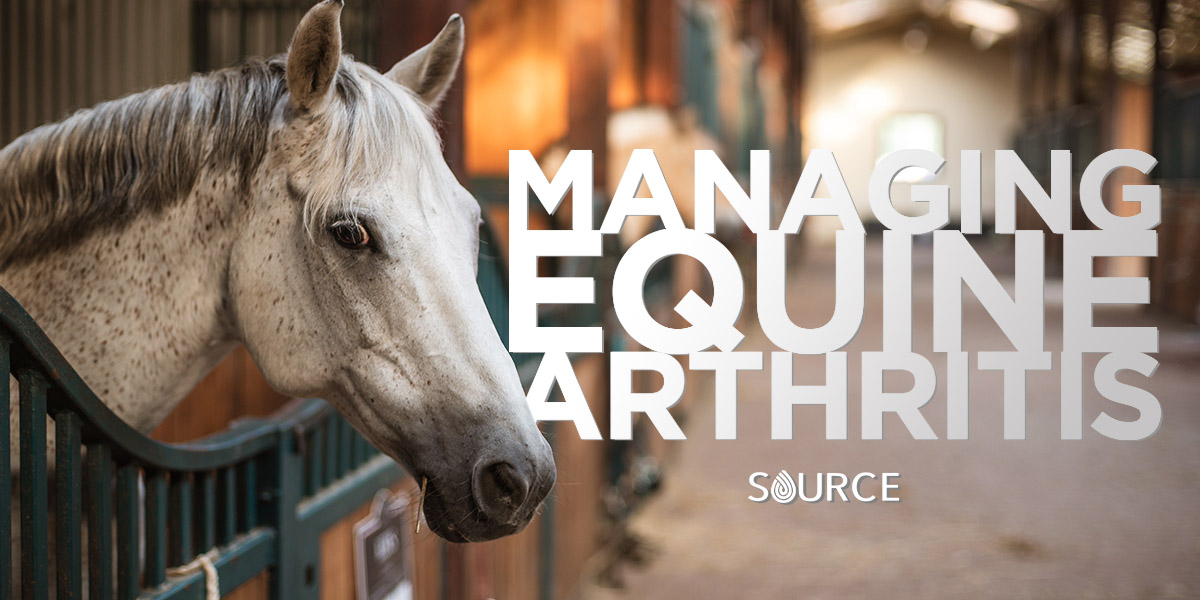Subtotal: $34.99
CBD Oil for Pets
Equine Arthritis and the Healing Power of Hemp
We talk (and hear) a lot about the benefits of hemp for pets, but that typically means cat and dogs. But some of the most amazing benefits I’ve seen have taken place with much larger pets. I’m talking here about horses, and most notably with regard to equine arthritis.
I was honored to contribute a piece to well known horse magazine Equine Wellness recently. And I want to share part of it with you. I know that any of you with horses take their care and treatment very seriously. If you haven’t considered adding CBD to their healthcare routine, I’d love for you to read this article to see why it has so much potential!
Hemp for Horses
Just like humans, horses have an endocannabinoid system. This system runs throughout the body, including the brain, central nervous system, and vital organs. It regulates and helps maintain balance within the central nervous system. It’s contains receptors (CB1 and CB2) that, when supplied with CBD, elicit a response to pain or mood.
That’s what makes it so promising for equine arthritis. Any horse caretaker knows that arthritis is an unwelcome diagnosis in an equine partner, regardless of discipline or occupation. It’s painful, and can significantly limit mobility. It can also have an impact on a horse’s temperament.
Equine Arthritis: A Dreaded Diagnosis
Arthritis is a degenerative joint disease that leads to a breakdown of the soft cartilage between the bones. It’s actually caused by wear and tear; over time, the tissue that absorbs shock and protects the bones begins to wear away. Often, an injury to the joint will exacerbate the problem and lead to arthritis.
Because arthritis is a degenerative disease, it’s most often seen in older horses, especially those involved in racing, jumping, dressage, or other high-impact sports. While it’s most commonly seen in weight-bearing joints, it can affect any joint in the body.
Understandably, just as with humans, this breakdown of tissue results in inflammation, stiffness, and considerable pain. It can also result in lameness if not addressed.
Managing Equine Arthritis
Currently, there is no cure for most types of arthritis. Once that tissue is gone, it won’t regenerate. That’s why early diagnosis and appropriate management are crucial, especially with cases of inflammatory arthritis. Proper hoof trims and shoeing, good conformation, and proper footing can all help delay the onset of arthritis in horses.
A slight stiffness when first working out is an important early warning sign to watch for. Any pain or discomfort are also telltale symptoms, as is a change in temperament. In the advanced stages, x-rays may show bony growths (osteophytes) on the joint.
When the signs of arthritis start to appear, many turn to anti-inflammatories such as Bute (phenylbutazone) for pain management. However, the issues with this type of pain relief regimen are well known (plenty of research shows it can lead to kidney damage). Thankfully, we’ve seen a shift in the belief that Bute is the only solution to a horse’s discomfort. That’s thanks in large part to CBD.
Proactive Protection
While CBD is a powerful pain management option, it is by no means only reactionary. It’s also a powerful proactive deterrent to help defend against any arthritis that may develop in the future. It can alleviate not just the joint stiffness that can lead to arthritic symptoms, but can also go to work on the endocannabinoid system early on. Studies have shown that this can help reduce the painful neurological impulses that simulate and result in adverse joint and nerve pain.
Case Study: Taquito’s Turnaround
I’ve seen the positive effects CBD has on horses many times. Taquito’s story is just one example. A few years ago, my team and I started working with Taquito, a beautiful 15-year-old sorrel Quarter horse at the Wheel Barrow Ranch in Arizona. He was suffering greatly from arthritis. The stiffness in his joints was hindering his ability to move fluidly, and he was clearly in pain.
We gave Taquito 0.2 mg of horse-specific CBD per pound of his body weight (approximately 800 lbs) with a daily total intake of 160 mg. A 2 ml delivery of CBD was put in his food or given by mouth with an oral syringe applicator. We did this for approximately 90 days.
After just a few treatments with CBD, Taquito was not only moving around more, with visibly reduced pain, but his temperament had also significantly improved. After 90 days, the overall inflammation in his ligaments had decreased, and the early onset arthritis issues had disappeared.
How to Find the Right CBD for Your Horse
There are many different CBD products available on the market, although very few are specific for use in horses. When sourcing a reliable product, look for a Certificate of Analysis from a third party laboratory. Make sure the company tests the product for heavy metals, pesticides, and any residual solvents. Also ensure it comes from organic hemp; hemp absorbs toxins from the soil, which can then transfer to the CBD oil.
Additionally, look at the extraction method used. CO2 extraction is the cleanest and most complete method. It uses carbon dioxide (CO2) to extract the CBD from the plant, rather than solvents (which, like toxins, can remain in the oil).
According to the World Health Organization, CBD has a positive safety profile and long-term use has shown no negative side effects.
CBD oil is a breakthrough in health and wellness, especially when it comes to arthritis in horses. It has the power to support proactive joint growth and give protection from future breakdown, as well as providing significant relief from the painful symptoms of arthritis, helping your horse live a long, healthy and full life. It has been amazing to see, firsthand, the benefits of CBD for horses, and to hear from others the many positive experiences they’ve had with it. Adding it to your horse’s daily diet, no matter his age, weight or activity, can help bring about positive health benefits on so many levels.
I am so thankful to have been given this opportunity to share my experience. Be sure to check Equine Wellness Magazine.

 200mg/1oz Human Formula
200mg/1oz Human Formula 